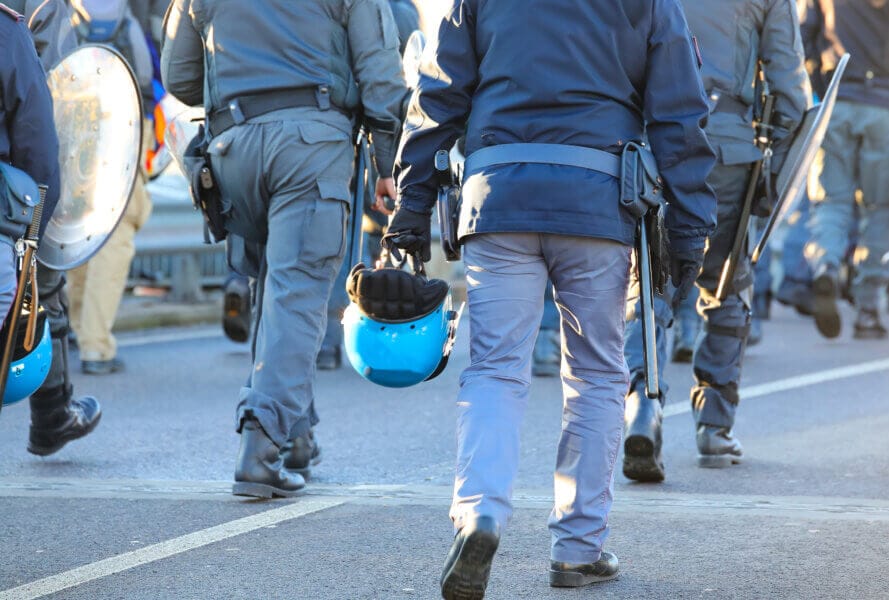
From the coal mines of Kazakhstan to the oil fields of Turkmenistan and the hydropower plants of Kyrgyzstan, Central Asia is building its future on natural resources. These projects employ tens of thousands of workers in extreme conditions: scorching summers in the steppe, freezing winters in the mountains, and dusty, hazardous worksites.
For these workers, workwear is not just about comfort—it’s a matter of survival. The wrong gear can mean heatstroke, frostbite, or exposure to toxic substances. For distributors and agents, the market for certified, durable, and climate-adapted workwear in Central Asia is growing fast, and the right strategy can turn this demand into long-term partnerships.
Mining and energy projects in Central Asia require specialized workwear that protects against extreme heat and cold, dust, chemicals, and heavy machinery hazards. Essential items include flame-resistant coveralls, insulated jackets, steel-toe safety boots, high-visibility vests, gloves for mechanical and chemical protection, and helmets with face shields. Buyers should prioritize compliance with EN ISO and GOST standards, while ensuring comfort for long shifts in harsh climates.
Why Central Asia’s Mining & Energy Boom Creates Workwear Demand
-
Resource-Driven Growth
Central Asia holds some of the world’s largest reserves of coal, oil, natural gas, and uranium. As extraction projects expand, thousands of workers are deployed across mines, rigs, and refineries—all requiring PPE and workwear. -
Extreme Climate Challenges
Temperatures swing from -30°C in winter to +40°C in summer. Workwear must balance insulation, breathability, and durability to keep workers safe year-round. -
High Accident Rates
Mining and energy are among the most hazardous industries. Risks include rock falls, machinery accidents, chemical exposure, and fire. Certified protective clothing and equipment are mandatory to reduce fatalities. -
Government & International Investment
Projects funded by China’s Belt and Road Initiative, Russia, and Western energy companies bring stricter safety requirements. Suppliers who can provide compliant, certified workwear gain a competitive edge. -
Worker Retention & Productivity
Comfortable, protective workwear reduces absenteeism and builds worker morale. Contractors increasingly view high-quality gear as a way to improve efficiency and attract skilled labor.
Real-World Cases from Central Asian Projects
Case #1 – Copper Mine in Kazakhstan
Workers initially wore standard cotton coveralls in underground shafts. Heat and dust caused rapid wear and tear, and some developed respiratory issues from poor protective gear.
Fix: Switched to flame-resistant polyester-cotton coveralls with integrated dust protection. Health complaints dropped, and replacement costs fell by 30%.
Case #2 – Oil Field in Turkmenistan
During summer, workers faced temperatures above 40°C. Heavy synthetic overalls caused overheating and dehydration.
Solution: Introduced lightweight, breathable coveralls with moisture-wicking base layers. Productivity improved, and heat-related absenteeism decreased by 45%.
Case #3 – Hydropower Plant in Kyrgyzstan
Winter installation crews faced -20°C weather with inadequate jackets. Frostbite cases led to costly delays.
Outcome: Contractors sourced insulated, waterproof jackets rated for extreme cold. The upgrade protected workers and kept the project on schedule.
Case #4 – Uranium Mining in Uzbekistan
Workers handling radioactive ore lacked proper gloves and face protection. Several incidents of skin irritation and chemical burns were reported.
Lesson: Adoption of nitrile-coated chemical-resistant gloves and helmets with face shields reduced incidents and met international audit requirements.
Case #5 – Gas Pipeline Construction in Tajikistan
Welders used low-grade leather gloves and jackets, leading to frequent burns.
Improvement: Suppliers introduced flame-resistant welding jackets and EN 388-certified gloves. Burn-related accidents dropped, and the client secured additional contracts due to improved safety compliance.
These cases prove one thing: in Central Asia’s extreme environments, the wrong workwear isn’t just costly—it’s life-threatening. The right gear saves lives, avoids delays, and builds credibility with international investors.
PPE & Workwear Standards Relevant to Central Asian Projects
| Standard / Regulation | Purpose |
|---|---|
| EN ISO 11612 | Protection against heat and flame |
| EN ISO 20471 / GOST R 12.4.281 | High-visibility clothing (international & Russian GOST) |
| EN ISO 20345 | Safety footwear (toe protection, slip resistance) |
| EN 343 | Protection against rain and cold weather |
| EN 388 | Mechanical risk protection for gloves |
| EN ISO 11611 | Protective clothing for welding and allied processes |
| Local GOST Standards | Mandatory for Russia-influenced supply chains |
👉 Key Insight: Many Central Asian clients still reference GOST standards inherited from the Soviet era, but when international investors are involved, EN ISO certifications are required. Smart suppliers provide dual compliance documents to cover both needs.
Key Workwear Items for Mining & Energy Projects
| Item | Primary Purpose | Recommended Material |
|---|---|---|
| Flame-Resistant Coveralls | Protect against sparks, fire, dust, and heat | Cotton/polyester FR blends |
| Insulated Jackets & Trousers | Protection in extreme winter temperatures | PU-coated insulated fabrics |
| Safety Boots (EN ISO 20345 SRC) | Prevent slips, crush injuries, and chemical exposure | Nitrile-PVC blends, steel toe |
| Welding Jackets & Gloves | Flame protection for welders | Leather + FR lining |
| High-Visibility Vests | Visibility in tunnels, fields, and night operations | Polyester with reflective tape |
| Helmets with Face Shields | Protect against falling objects, sparks, and chemicals | HDPE or ABS with visor |
| Chemical-Resistant Gloves | Protection against solvents and caustic substances | Nitrile, neoprene |
| Respiratory Protection (add-on) | Dust, gas, and fume protection in mines | Half/full masks with filters |
Material Selection Tips
- FR Cotton-Polyester Blends → Balance flame resistance, breathability, and durability.
- PU-Coated Insulated Fabrics → Waterproof and windproof, ideal for winter work at hydropower plants.
- Nitrile & Neoprene Gloves → Resist acids, oils, and radioactive contaminants better than latex.
- Leather with FR Lining → Best for welding operations, combining durability with fire safety.
- HDPE Helmets with Sweatbands → Affordable, lightweight, and suited for long shifts in hot climates.
✅ Pro Tip: Always offer two climate-specific product lines—lightweight, breathable FR gear for summer, and insulated waterproof gear for winter. Central Asian buyers value flexibility across seasons.
Procurement Mistakes to Avoid
- Supplying single-season gear → Heavy insulated coveralls in summer or thin cotton uniforms in winter both fail.
- Overlooking dust protection → Fine dust in mines causes respiratory illness; workers need masks and dust-resistant fabrics.
- Buying uncertified FR workwear → Some cheap imports claim flame resistance but fail EN ISO 11612 testing. Always demand test reports.
- Ignoring cultural expectations → Some sites prefer specific colors (e.g., orange or navy) to match company branding or national regulations.
- Skipping worker trials → Workers often reject gear that is uncomfortable in long shifts. Pilot tests avoid bulk rejection.
Cost-Benefit Analysis
| Scenario | Without Correct Workwear | With Correct Workwear | Annual Savings |
|---|---|---|---|
| Heatstroke cases in summer mines | $20,000 in medical costs | $45/coverall per worker | $19,955 |
| Frostbite-related absenteeism | 3 weeks lost per winter | $80/jacket per worker | $12,000+ |
| Welding burn injuries | $8,000 treatment costs | $25/welding gloves | $7,975 |
| Slip & crush injuries (boots) | $15,000 liability payouts | $60/boot pair | $14,940 |
| International contract compliance | Risk of losing $1M+ project | $500 in certificates | Priceless |
📊 Takeaway: In mining and energy, non-compliance is not just expensive—it kills deals. The right workwear saves lives, avoids project delays, and helps contractors win repeat contracts from international partners.
Buyer FAQ
Q1: Do we really need flame-resistant (FR) clothing for mining sites?
A: Yes. Even if the mine itself is non-flammable, equipment sparks, welding, and fuel storage create fire risks. FR gear (EN ISO 11612) is mandatory in most energy projects.
Q2: Can standard winter jackets be used in hydropower or oilfield projects?
A: No. Consumer jackets lack waterproofing, insulation durability, and certification. Workers need PU-coated insulated jackets tested for industrial use.
Q3: How often should safety boots be replaced?
A: In mining sites, boots last 6–12 months depending on conditions. Inspect soles monthly; replace immediately if cracks or steel toe damage appear.
Q4: Are local GOST certificates enough for international projects?
A: Not always. Local GOST standards may satisfy domestic law, but international investors typically demand EN ISO or ANSI certificates for compliance.
Q5: What’s the biggest mistake buyers make in Central Asia?
A: Ordering one-size-fits-all workwear. The region has extreme climate variation—suppliers must offer both summer and winter gear to cover all conditions.
Procurement Checklist
- [ ] EN ISO 11612 flame-resistant coveralls (summer + winter versions)
- [ ] Insulated PU-coated jackets for -20°C or lower
- [ ] EN ISO 20345 SRC safety boots with reinforced toes
- [ ] Welding jackets & EN 388-certified gloves
- [ ] Nitrile or neoprene chemical-resistant gloves
- [ ] High-visibility vests (EN ISO 20471 / GOST R 12.4.281)
- [ ] HDPE helmets with face shields and sweatbands
- [ ] Respiratory masks (dust + gas filter options)
- [ ] Verified EN ISO + GOST certificates from accredited labs
- [ ] Worker feedback trials before bulk procurement
Conclusion
Central Asia’s mining and energy projects are booming—but also some of the harshest workplaces on earth. From dusty uranium mines in Uzbekistan to freezing hydropower dams in Kyrgyzstan, workers face dangers daily. The right workwear isn’t just protection—it’s the foundation of project success.
Distributors and agents who deliver certified, climate-adapted, and comfortable workwear will win repeat orders and the trust of international investors. In these high-stakes projects, safety compliance and reliability separate the short-term traders from the long-term partners.
📩 Looking for Central Asia–ready mining & energy workwear?
Email: [email protected]
🌐 www.workwearsolutions.net
Zion Zhang
Recent Posts
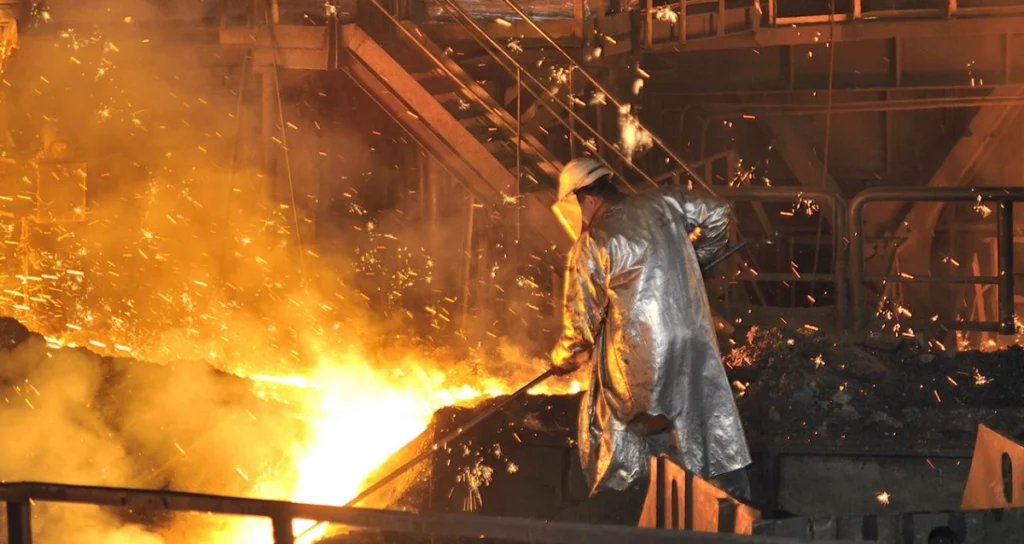 Workwear for South American Logistics & Warehousing: Comfort and Safety in Long Shifts2025年9月16日South America’s logistics and warehousing industry is […]
Workwear for South American Logistics & Warehousing: Comfort and Safety in Long Shifts2025年9月16日South America’s logistics and warehousing industry is […]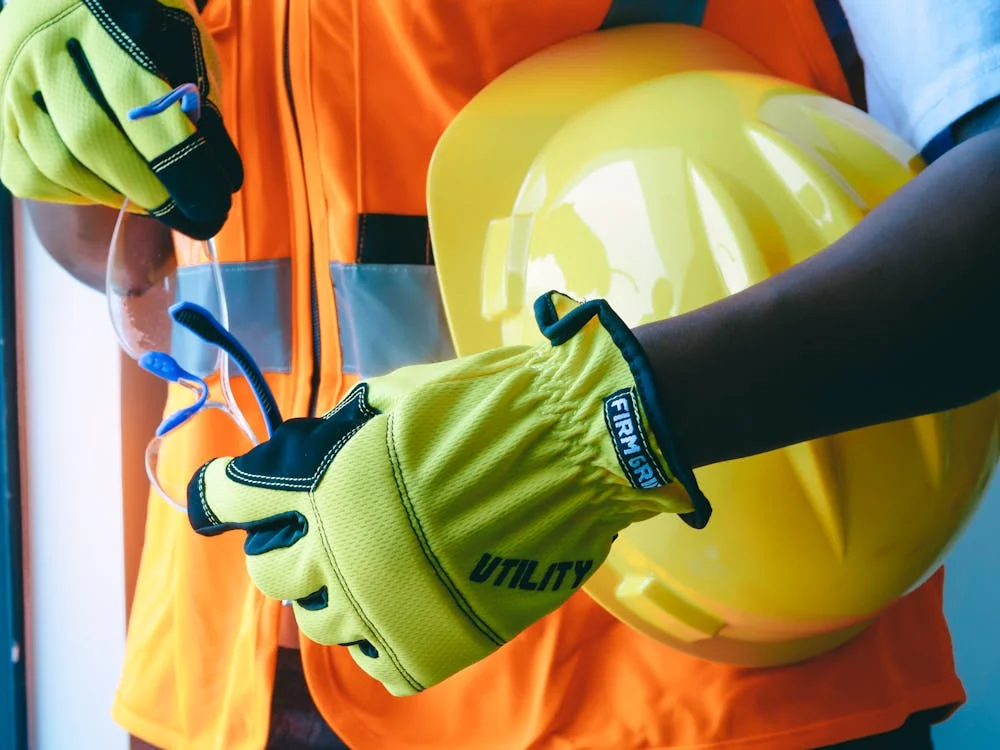 Workwear in Africa’s Construction Boom: Demand, Trends, and Opportunities2025年9月16日Walk through any African city today, and you’ll see […]
Workwear in Africa’s Construction Boom: Demand, Trends, and Opportunities2025年9月16日Walk through any African city today, and you’ll see […]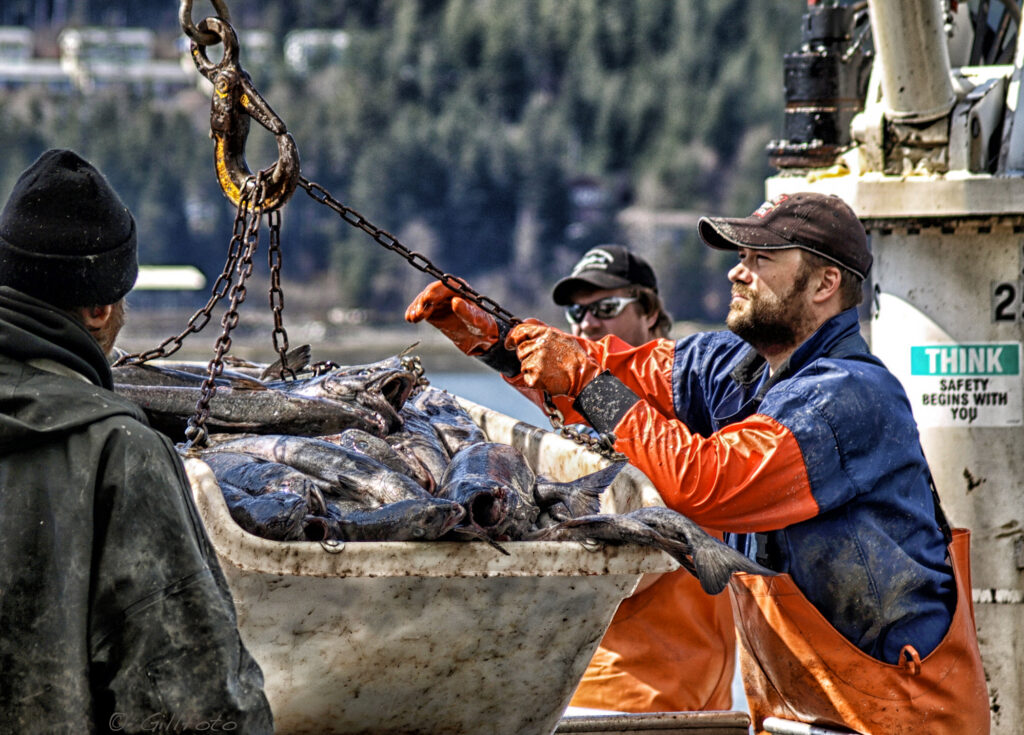 Workwear for Latin American Fishing & Ports: Waterproofing and Corrosion Resistance2025年9月12日Fishing and port industries in Latin America are the […]
Workwear for Latin American Fishing & Ports: Waterproofing and Corrosion Resistance2025年9月12日Fishing and port industries in Latin America are the […]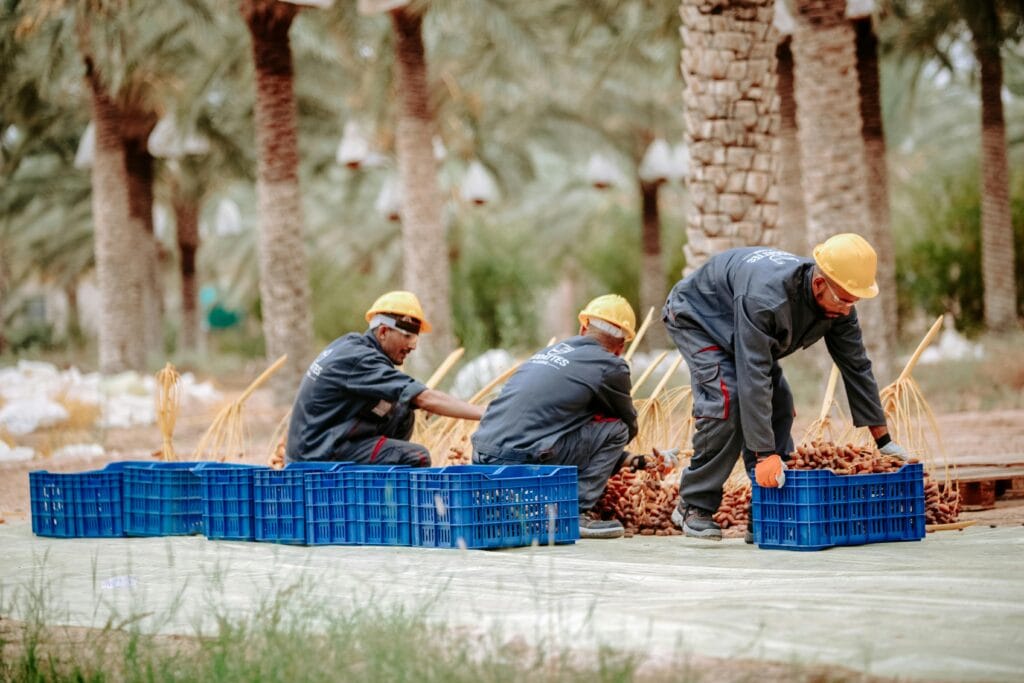 Workwear for South American Agriculture: Durability, Comfort, and Compliance2025年9月12日Agriculture in South America is one of the world’s largest […]
Workwear for South American Agriculture: Durability, Comfort, and Compliance2025年9月12日Agriculture in South America is one of the world’s largest […]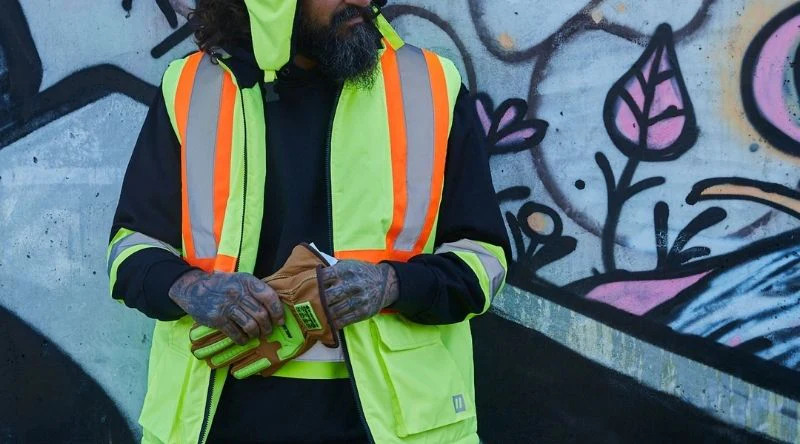 High-Visibility Workwear in African Infrastructure Projects: Safety, Standards, and Sourcing Opportunities2025年9月12日From Nairobi’s highways to Lagos’s ports and Addis Ababa’s […]
High-Visibility Workwear in African Infrastructure Projects: Safety, Standards, and Sourcing Opportunities2025年9月12日From Nairobi’s highways to Lagos’s ports and Addis Ababa’s […]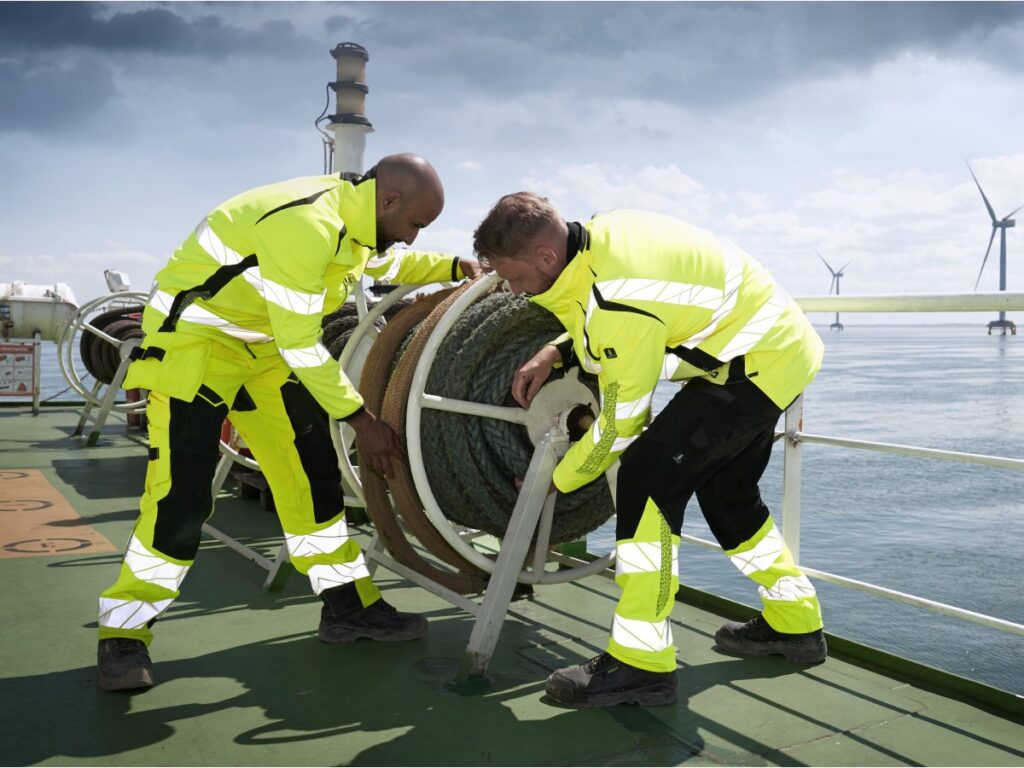 Flame-Resistant Workwear in the Middle East Oil & Gas Industry: Safety, Standards, and Sourcing2025年9月11日In the deserts of Saudi Arabia, the offshore rigs of Qatar, […]
Flame-Resistant Workwear in the Middle East Oil & Gas Industry: Safety, Standards, and Sourcing2025年9月11日In the deserts of Saudi Arabia, the offshore rigs of Qatar, […]
CONTACT US
- Feel free to contact us any time. We will get back to you as soon as we can!
- +86-17330061805
